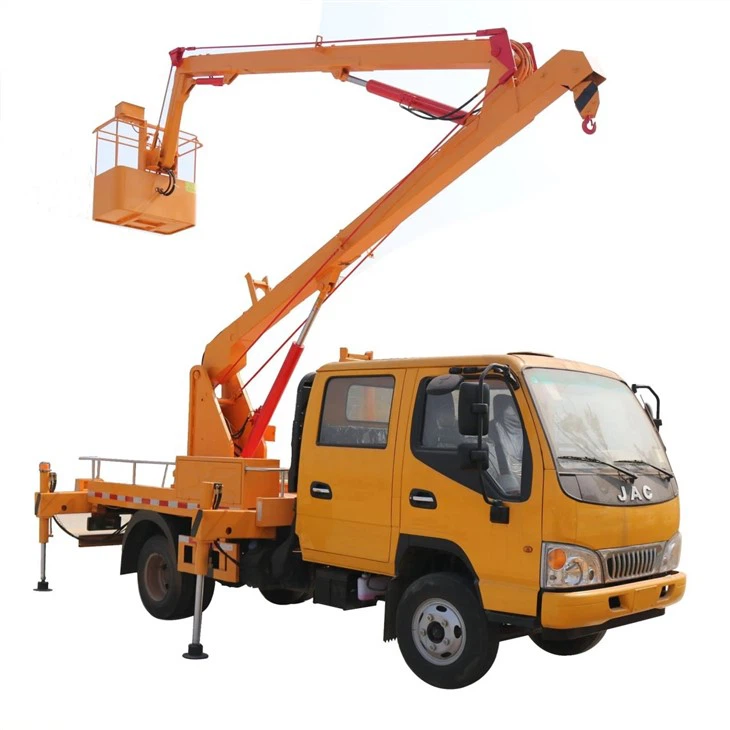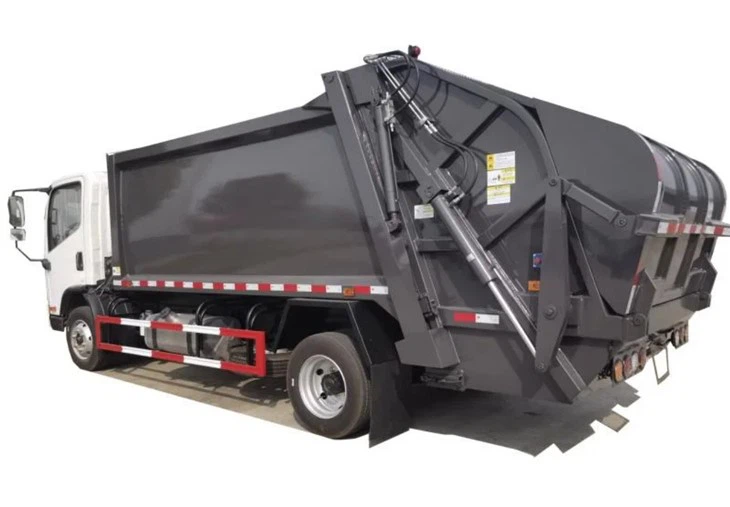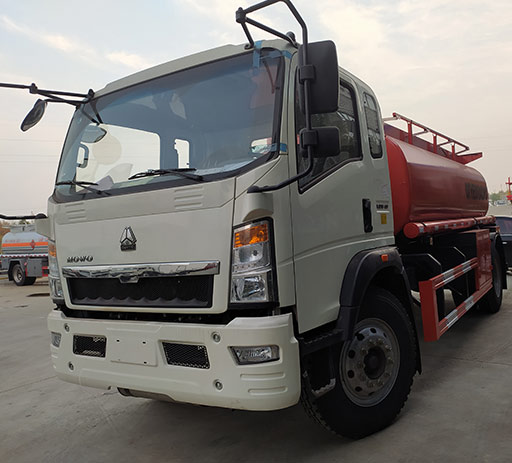Understanding Balers and Compactors: A Comprehensive Guide

Balers and compactors play pivotal roles in waste management and recycling operations. With businesses increasingly recognizing the importance of efficient waste handling, understanding how these machines work and their benefits becomes essential. This article delves into the world of balers and compactors, providing insights, practical tips, and frequently asked questions to help you make informed decisions.
What Are Balers and Compactors?
Defining Balers
Balers are machines that compress waste materials into compact bales for easier storage, handling, and transportation. Commonly used for recyclable materials like paper, cardboard, plastic, and metals, balers help minimize the volume of waste, making it more manageable and environmentally friendly.
Defining Compactors
Compactors are machines designed to reduce the volume of waste by applying pressure. They are often used for mixed waste, food waste, or other non-recyclable materials. Compactors can be stationary or portable, depending on the needs of the organization.
Types of Balers
Vertical Balers
Vertical balers require less floor space and are ideal for smaller businesses. They are easy to use and can handle a variety of materials.
Advantages of Vertical Balers
- Space-efficient design
- Lower maintenance cost
- Easy operation

Horizontal Balers
Horizontal balers are larger machines suitable for high-volume waste. They are often used in large industrial operations and can process multiple materials simultaneously.
Advantages of Horizontal Balers
- Higher throughput
- Versatile for various materials
- More efficient for large operations
Manual vs. Automatic Balers
Balers can also be categorized based on operation mode. Manual balers require operators to load materials, while automatic balers handle most of the process with minimal human intervention.
Types of Compactors
Stationary Compactors
Stationary compactors are fixed units that handle large waste volumes and are often found in industrial settings. They are connected to a dumpster or container and require a loading dock for easy access.
Advantages of Stationary Compactors
- Higher compaction ratios
- Ideal for large businesses
- Reduced truck hauls
Portable Compactors
Portable compactors are mobile units that can be relocated easily. They are suitable for job sites and businesses that require flexibility.
Advantages of Portable Compactors
- Flexible placement
- Versatility across different sites
- Cost-effective for short-term use
Benefits of Using Balers and Compactors
Cost Savings
Investing in balers and compactors can significantly reduce waste disposal costs by lowering the frequency of pickups and minimizing the size of waste piles.
Environmental Impact
By compressing waste, these machines contribute to less landfill usage and promote recycling efforts, supporting a greener planet.
Improved Safety and Cleanliness
Waste that is properly managed and compacted helps maintain a cleaner and safer work environment, reducing hazards associated with litter and clutter.
Choosing the Right Baler or Compactor for Your Business
Assessing Your Needs
The first step in selecting the appropriate machine is to evaluate your waste types, volumes, and operational requirements. Consider any space constraints in your facility.
Evaluating Machine Specs
Look into the operational capacity, power requirements, and any special features that can enhance efficiency (like automatic loading or cross-wrapping capabilities).
Budget Considerations
Your budget will play an essential role in your decision. Balers and compactors range significantly in price, so understand what you can afford upfront and consider the long-term savings.
Practical Examples and Tips for Effective Use
Regular Maintenance
Regularly maintain your baler or compactor to avoid breakdowns. Schedule inspections and preventive maintenance to ensure the longevity of your equipment.
Training Employees
Ensure that your staff understands how to operate the machines properly. Provide regular training sessions and refreshers to keep everyone updated.
Optimizing Load Size and Type
For balers, compacting similar materials can optimize bale size. For compactors, make sure the materials are appropriate for the type of machine to enhance efficiency.
Frequently Asked Questions
1. How do balers and compactors differ in operation?
Balers compress materials into bales, while compactors reduce waste volume by compaction without forming bales.
2. What materials can I process with balers and compactors?
Balers are designed for recyclables like paper, cardboard, and plastics, while compactors handle a broader range of waste, including non-recyclable and organic waste.
3. How often should I have my baler or compactor serviced?
It is recommended to have regular maintenance checks every 3-6 months or as specified by the manufacturer’s guidelines.
4. Are there safety risks associated with using balers and compactors?
Yes, improper use can lead to accidents. It’s crucial to follow safety guidelines, provide proper training, and use safety features like emergency stop buttons.
5. Can balers and compactors be used outdoors?
Most balers and compactors are designed for indoor use, but there are models built to withstand outdoor conditions. Check with manufacturers for outdoor options.
6. What is the average lifespan of a baler or compactor?

With proper maintenance, a baler or compactor can last anywhere from 10 to 20 years, depending on the usage level and operational conditions.

Conclusion
Investing in balers and compactors is an essential step toward efficient waste management and sustainability. This guide serves as a comprehensive resource for understanding these valuable machines and their role in modern recycling and waste operations.
